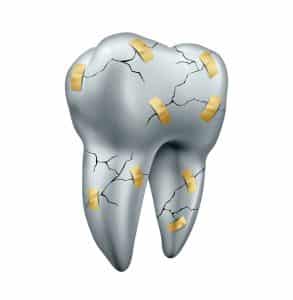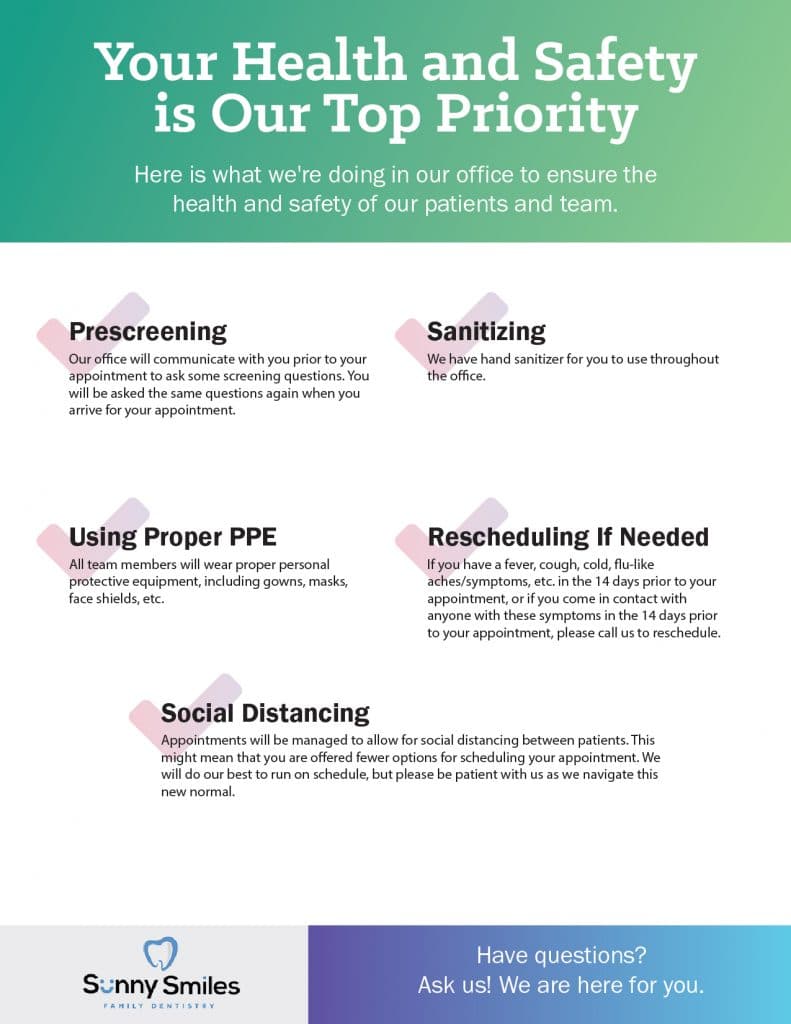 A fractured tooth is one that has been structurally damaged, i.e., cracked or fractured. Restoring the tooth, however, depends on the type and severity of the fracture. In some cases, the tooth may need extraction and replacement to prevent damage to the surrounding gums and jawbone. Today, we explain a few of the ways a tooth can fracture, and how to restore or replace your fractured tooth to effectively preserve the rest of your oral health.
A fractured tooth is one that has been structurally damaged, i.e., cracked or fractured. Restoring the tooth, however, depends on the type and severity of the fracture. In some cases, the tooth may need extraction and replacement to prevent damage to the surrounding gums and jawbone. Today, we explain a few of the ways a tooth can fracture, and how to restore or replace your fractured tooth to effectively preserve the rest of your oral health.
Craze Lines
The strong, protective outer layer of your tooth, called enamel, can sometimes develop miniscule cracks (more like scratches) called craze lines. The older you grow, the more you use your teeth and the more of these cracks you’ll likely develop, but craze lines are typically cosmetic and no danger to your tooth’s structure. Nevertheless, plaque and stains can make craze lines stand out and mar the beauty of your smile.
Fractured Crown
Fractured teeth crowns differ in severity and can remain at the crown or extend to the root, in which case a root canal procedure may be necessary to remove bacteria and infection from your tooth’s pulp. If the tooth does not require extraction, then a dental crown may be placed to reinforce the tooth and prevent further damage.
Vertical Root Fracture
A vertical root fracture, or VRF, is like a typical fractured tooth, except the fracture extends vertically from the root towards the gum line. A VRF rarely causes discomfort unless and until the damage leads to an infection and treatment almost always involves extracting and replacing the tooth.
Learn More About Treating Your Tooth Fracture
If your tooth fractures, then seek treatment immediately to avoid more serious oral health complications. To learn more, schedule an appointment by calling the Sunny Smiles dental office nearest you in El Paso, TX, today! We have offices in the East, Northeast, and Westside of El Paso, and happily welcome patients from all nearby communities, including Chaparral, Canutillo, Vinton, and Sunland Park, New Mexico.




